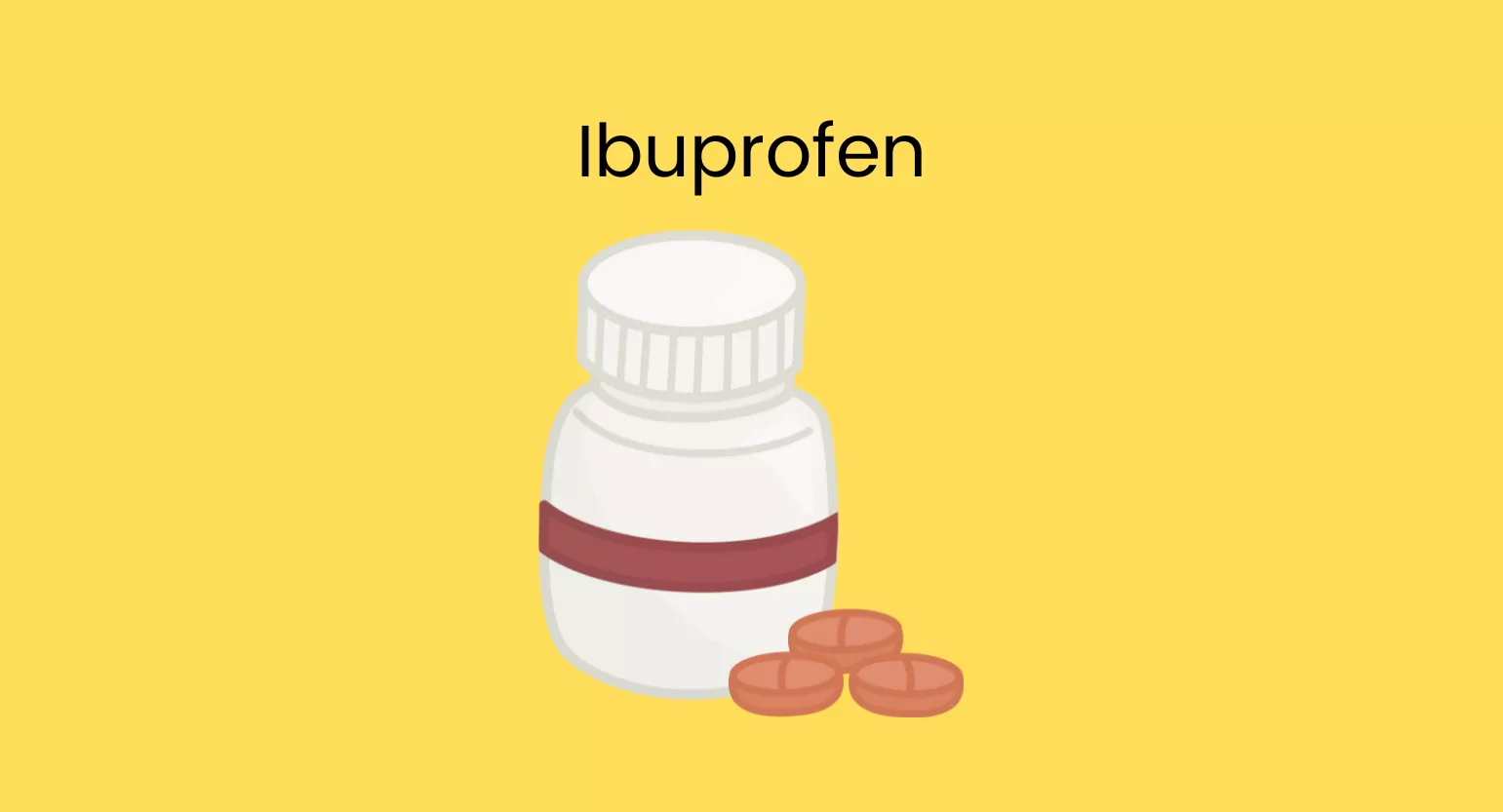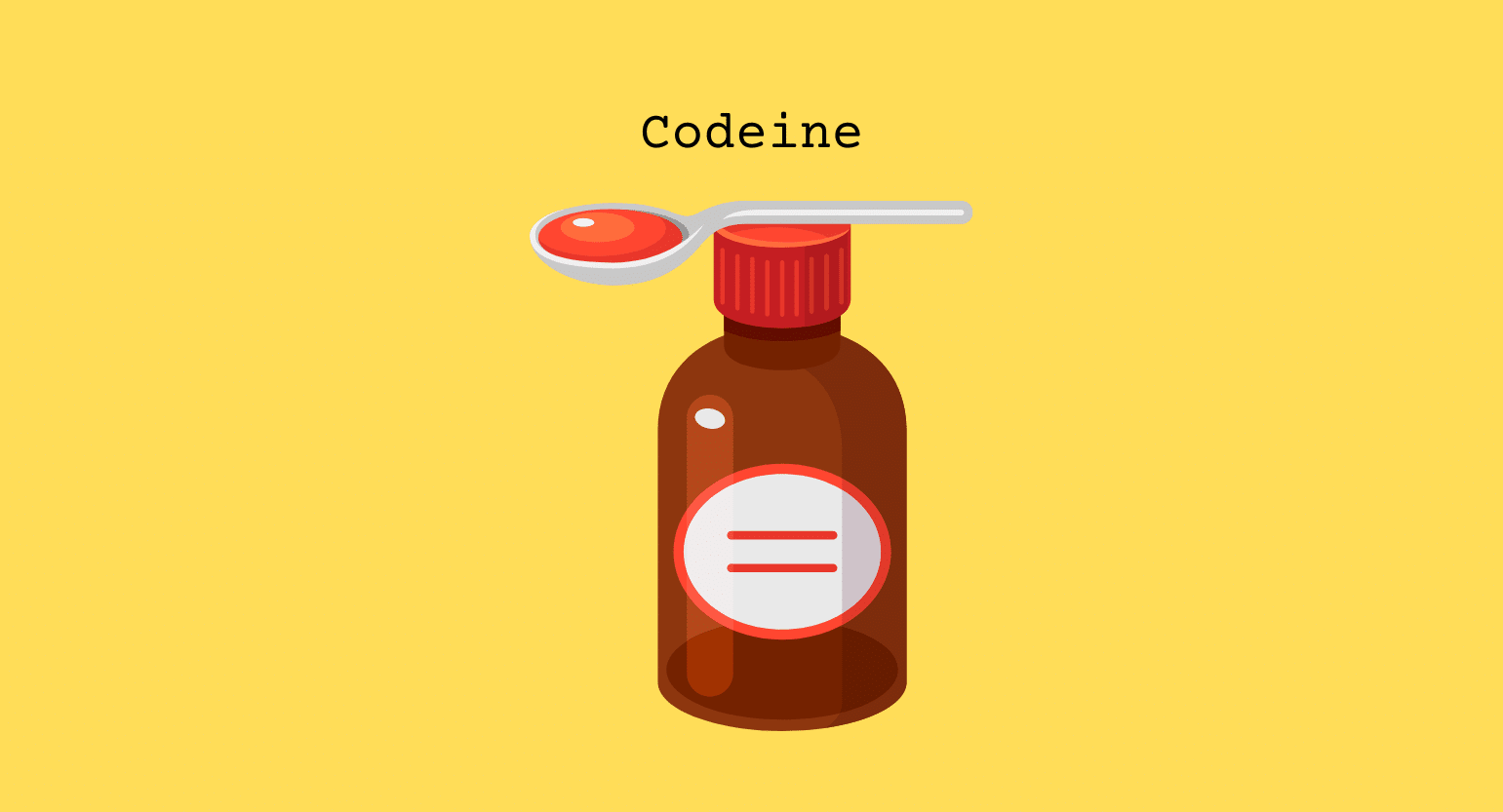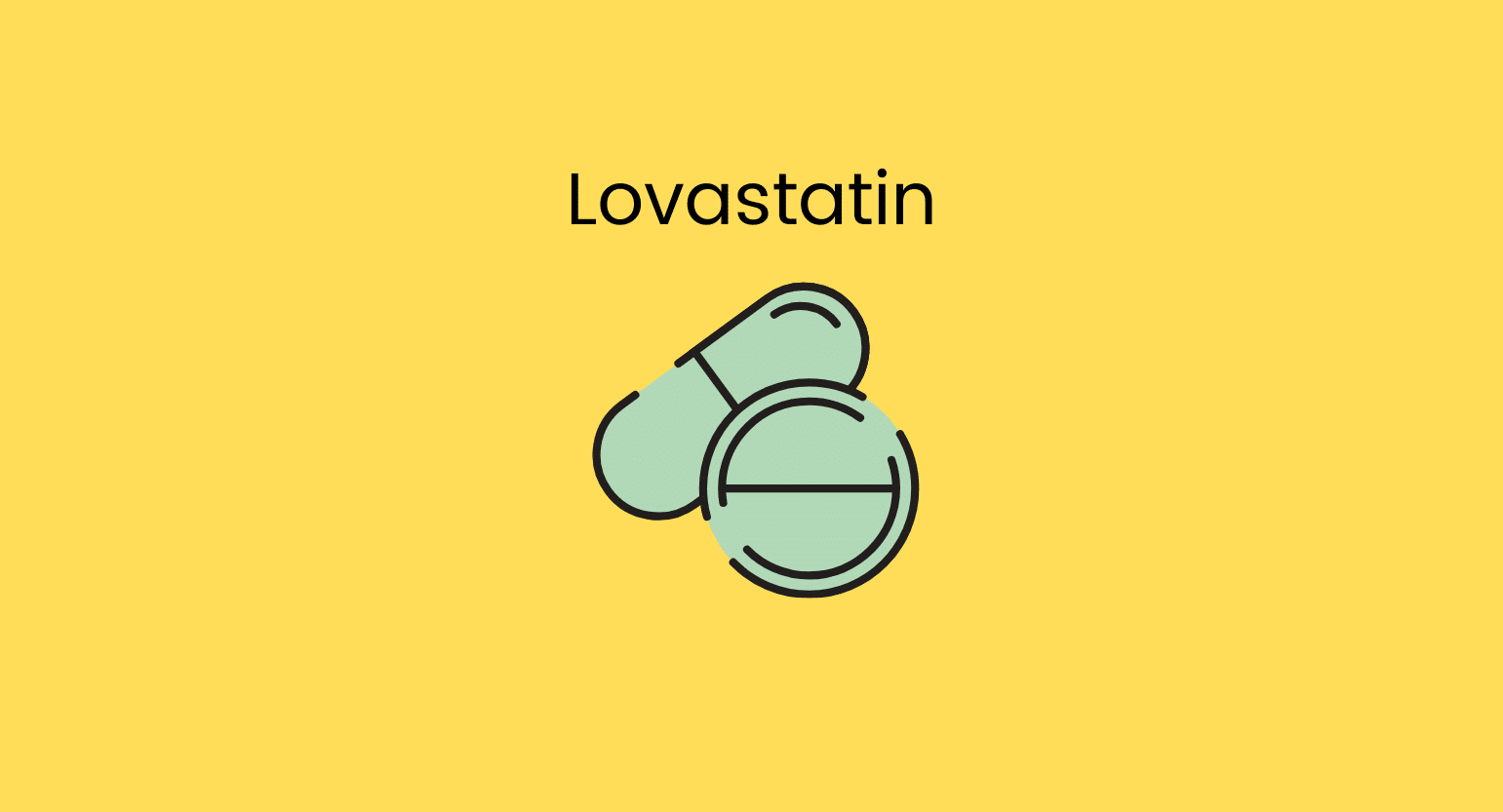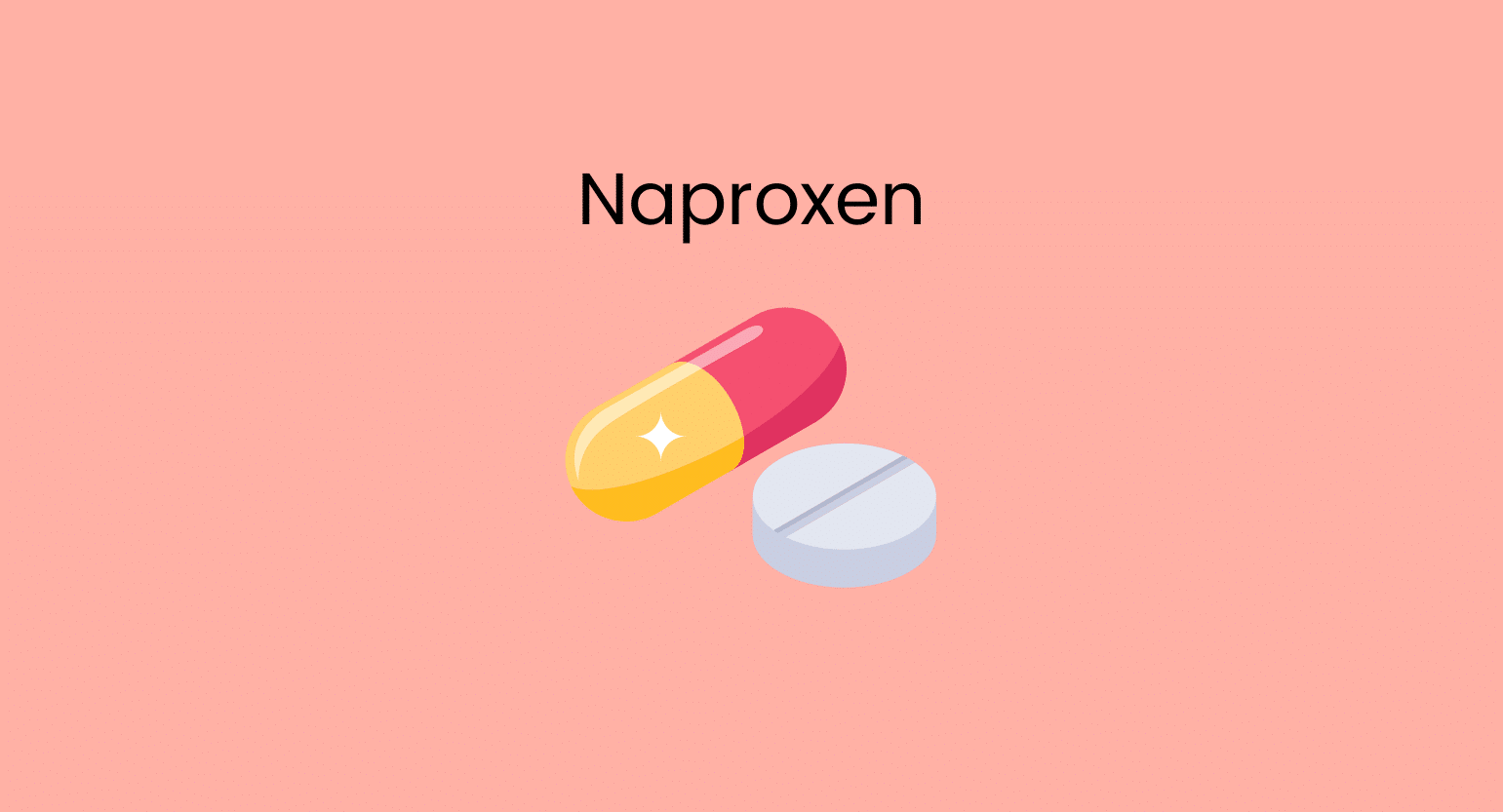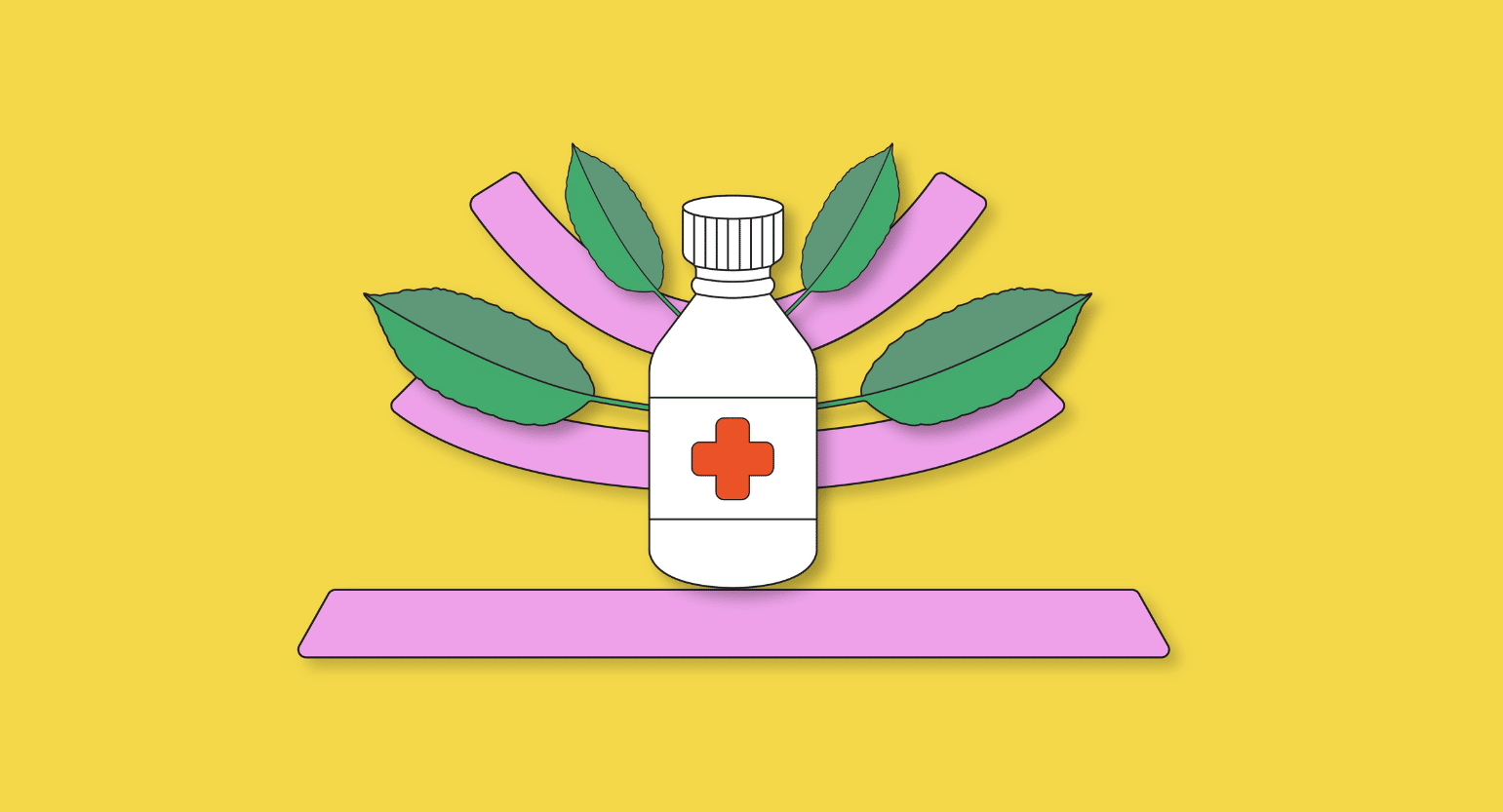Does Kratom Interact With Buprenorphine (Sublocade)?
Yes, kratom can negatively interact with buprenorphine.
Buprenorphine is mainly metabolized by the CYP3A4 enzyme, and it is known to have a metabolic reaction with compounds that inhibit or induce the activity of this enzyme. We also know that kratom is a potent inhibitor of CYP3A4 [1,2].
Kratom consumption thus has an apparent inhibitory effect on the metabolization of buprenorphine.
The impaired metabolization could lead to an accumulation of buprenorphine in the body, increasing the risk of toxicity and adverse effects, especially with daily use.
The interaction between opioids and kratom is hard to define because of kratom’s effects.
Opioids like buprenorphine are depressants; kratom can behave like stimulants or depressants, making the relationship somewhat uncertain. Depending on the amount of kratom consumed, it can act as an agonist or antagonist. Either way, this is problematic.
An agonistic relationship increases buprenorphine’s effects, while an antagonistic one decreases it. Too much of this drug is dangerous, while too little won’t give the necessary results.

Buprenorphine Specs
| Drug Name | Buprenorphine |
| Trade Name | Sublocade, Probuphine, Belbuca, Butrans, Buprenex, Sixmo, Subutex |
| Other Names | N/A |
| Classification | Opioid |
| CYP Metabolism | CYP3A4 with contributions from CYP2C8 |
| Interaction With Kratom | Agonistic, antagonistic, metabolic inhibition |
| Risk of Interaction | High |
Is it Safe to Take Kratom With Buprenorphine (Sublocade)?
No. You should never combine buprenorphine and kratom.
Even though buprenorphine is one of the safer opioids, it still carries all the inherent risks of opioid use. Taking kratom alongside buprenorphine increases these risks.
Both compounds are indeed relatively safe. However, the statistics are clear: combining kratom with opioids raises the risk considerably.
Almost all kratom fatalities involve using opioids or cocaine [3].
What is Buprenorphine (Sublocade)?
Buprenorphine is a prescription opioid medication that treats opioid use disorder and pain.
Like all opioids, this compound is strictly controlled.
Currently, the FDA lists it as a Schedule III drug in the Controlled Substances Act; this means the compound has the potential for abuse and dependence.
Buprenorphine is a partial mu-opioid receptor agonist with distinct pharmacological characteristics that set it apart from other opioid-based medications like methadone. However, research shows that it is just as safe and effective [4].
Buprenorphine is available in sublingual and pill form, as well as an injection (intravenous or subcutaneous) and transdermal skin patch.
What is Buprenorphine Used for?
Buprenorphine has two primary uses: opioid use disorder and chronic pain relief.
Opioid use disorder (OUD) is a generalized term used to refer to the substance abuse issues that stem from opiate use.
In this sense, buprenorphine substitutes other, more dangerous opioids to alleviate withdrawal symptoms that have become unmanageable for the user [5].
Buprenorphine withdrawal symptoms tend to be lighter than other opioids [6].
Regarding pain management, the FDA has approved using buprenorphine transdermal patches for chronic pain relief. Studies have found that it’s an effective and well-tolerated analgesic [7].
Buprenorphine treats consistent, chronic pain, not acute pain.

What’s the Dose of Buprenorphine?
The prescription of buprenorphine is well-regulated; a licensed professional will prescribe it.
Given the many administration methods and the multiple uses of buprenorphine, you should never use this compound unless it’s with a prescription.
It’s hard to find the average buprenorphine dosage recommendations as a doctor or psychiatrist determines any treatment involving this compound.
The correct dose amounts are especially important with buprenorphine as the treatment of withdrawal symptoms must be timed right, or it might precipitate an acute withdrawal.
The misuse of buprenorphine could lead to serious health events and even death. These events usually involve other substances, but lone buprenorphine can also be lethal.
Generic & Brand Name Versions
Buprenorphine is a generic name but is also available under the following brand names:
- Belbuca
- Buprenex
- Butrans
- Probuphine
- Sixmo
- Sublocade
- Subutex
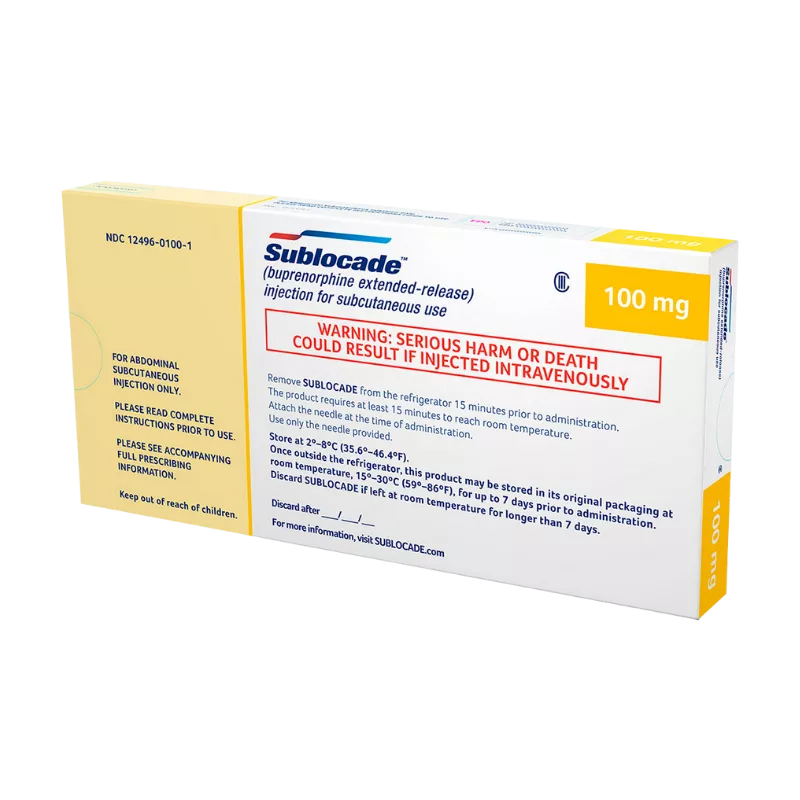
Side Effects of Buprenorphine
Any opioid carries the risk of overdose, leading to respiratory depression and death. In fact, all opioids share a similar profile of adverse effects.
The side effects associated with buprenorphine include:
- Constipation
- Headache
- Nausea
- Sedation
- Urinary retention
More severe side effects include:
- Adrenal insufficiency
- Dependence and withdrawal symptoms
- Elevation of cerebrospinal fluid pressure
- Itchin, pain, swelling, and nerve damage (implant)
- Neonatal abstinence syndrome (in newborns)
- Orthostatic hypotension
Possible contraindications to taking buprenorphine are:
- Concomitant use of benzodiazepines and other CNS depressants
- Geriatric patients (risk of respiratory depression)
- Hypersensitivity to opiates
- Lactation (buprenorphine passes into mother’s milk)
- Severe hepatic impairment
What is Kratom?
Kratom (Mitragyna speciosa) is a tropical evergreen tree native to Southeast Asia. Indigenous people and local farmers in the region have known about kratom for centuries, yet it’s just now becoming known in the west.
Like coca or coffee, kratom is a plant-based compound filled with natural alkaloids. Its main alkaloids — mitragynine and 7-hydroxymitragynine — give it exceptional psychoactive and pharmacological properties.
Kratom research is still lacking, but it already shows promise as an alternative to replacing many pharmacological medications.

What is Kratom Used for?
The kratom plant has many uses — and more are sure to be discovered.
The main reason for kratom’s popularity is its stimulating and pain-relieving qualities. Kratom can increase attention span, boost physical and mental energy, and even promote feelings of euphoria.
That’s not all — kratom has a wide range of pharmacological benefits.
Kratom is an effective anxiolytic (relieving anxiety) and analgesic (for pain relief). These benefits have already led thousands of people to abandon their painkillers and anti-depressants for kratom. However, you should never stop taking a prescription or combine it with kratom without first talking to your doctor.
As if all those benefits weren’t enough, kratom can be used as a weight-loss supplement, sleep aid, and it also has the potential to relieve opiate withdrawal symptoms.
What’s the Dose of Kratom?
Getting your kratom dosage right is essential if you want to control what effects you get. It can be energizing in low doses and sedating in higher doses, but the strain you choose will also affect how you’ll feel.
If you’ve never used kratom or are trying a new strain, start with a small amount, usually less than 2 grams, to get an idea of how it’ll impact you. You can slowly increase the dose to find what works best.
You can avoid side effects, tolerance build-up, and dependence by occasionally taking a break from kratom.
If you feel lost, check out our kratom dosing guide for more details.
In general, you can follow these guidelines:
- Low dose (1 – 5 g): This range best promotes the nootropic benefits like focus, creativity, and energy.
- Medium dose (5 – 10 g): Analgesic and anxiolytic properties become more pronounced within this range.
- High dose (10 – 15 g): The relaxant, analgesic, and anxiolytic qualities are strong with these large amounts.
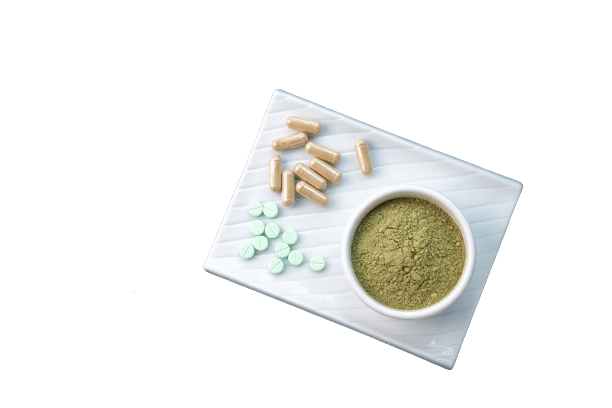
What Are the Side Effects of Kratom?
There are some side effects from kratom, though these are typically minor. You’re more likely to face them if you take too much but they tend to disappear as the kratom wears off.
The most common side effects include:
Here are the less common, more severe side effects:
- Addiction
- Itchiness
- Loss of muscle coordination
- Low blood pressure
- Low libido
- Poor appetite
- Seizures
- Tremors
Luckily, these symptoms are usually short-term and are brought under control by scaling back consumption. In general, kratom is safe and well-tolerated by most people. The most significant danger from kratom use is drug interactions or low-quality products. You should be fine if you use kratom responsibly and buy from trustworthy vendors.
Suggested Reading: The 10 Best Kratom Vendors of 2022.

What Are the Different Types of Kratom?
There are four different kratom strains: this is excellent news for you if you’re the type of person who likes to personalize their experience!
These strains all have the same basic properties, but each one emphasizes specific effects.
Make sure to familiarize yourself with the different strains if you’re looking to take kratom for a specific purpose — it will help you get the most bang for your buck.
White Vein Kratom
White vein kratom is the ‘mind strain’ because it excels at producing increased mental vitality, more energy, and better moods.
Red Vein Kratom
Red-veined kratom is best for its pharmacological properties, like when you need to treat pain, insomnia, or anxiety.
If you’re looking for a herbal option to treat chronic pain or something to help with your anxiety that isn’t a prescription, this is the strain to try.
Green Vein Kratom
Green vein kratom would be the offspring of a marriage between white and red vein kratom.
It has a perfect balance of both alkaloid profiles. In practice, it gives the user a generalized kratom experience and is excellent for newcomers.
Yellow Vein Kratom
Yellow vein kratom is almost the same as green except for one feature — it’s the mildest out of all the strains. If you have a sensitivity to kratom or are just trying it for the first time, you might want to consider a yellow vein strain.

Key Takeaways: Is it Safe to Mix Kratom & Buprenorphine?
No. Do not mix kratom with your buprenorphine prescription.
It might make sense to mix these compounds only if you’re using kratom to wean yourself off of buprenorphine. However, you need to talk to a doctor first.
Combining buprenorphine and kratom raises the risk of a severe adverse event even when the dosages are not large. This is a combination that you should always avoid.
- Hanapi, N. A., Ismail, S., & Mansor, S. M. (2013). Inhibitory effect of mitragynine on human cytochrome P450 enzyme activities. Pharmacognosy research, 5(4), 241.
- Ettienne, E. B., Chapman, E., Maneno, M., Ofoegbu, A., Wilson, B., Settles-Reaves, B., … & Rosenblatt, K. (2017). Pharmacogenomics-guided policy in opioid use disorder (OUD) management: an ethnically-diverse case-based approach. Addictive behaviors reports, 6, 8-14.
- Corkery, J. M., Streete, P., Claridge, H., Goodair, C., Papanti, D., Orsolini, L., … & Hendricks, A. (2019). Characteristics of deaths associated with kratom use. Journal of psychopharmacology, 33(9), 1102-1123.
- Welsh, C., & Valadez-Meltzer, A. (2005). Buprenorphine: a (relatively) new treatment for opioid dependence. Psychiatry (Edgmont), 2(12), 29.
- Gowing, L., Ali, R., White, J. M., & Mbewe, D. (2017). Buprenorphine for managing opioid withdrawal. Cochrane Database of Systematic Reviews, (2).
- Gowing, L., Ali, R., White, J. M., & Mbewe, D. (2017). Buprenorphine for managing opioid withdrawal. Cochrane Database of Systematic Reviews, (2).
- Karlsson, M., & Berggren, A. C. (2009). Efficacy and safety of low-dose transdermal buprenorphine patches (5, 10, and 20 μg/h) versus prolonged-release tramadol tablets (75, 100, 150, and 200 mg) in patients with chronic osteoarthritis pain: a 12-week, randomized, open-label, controlled, parallel-group noninferiority study. Clinical therapeutics, 31(3), 503-513.





